Help w/Landscape
m1chael
15 years ago
Related Stories
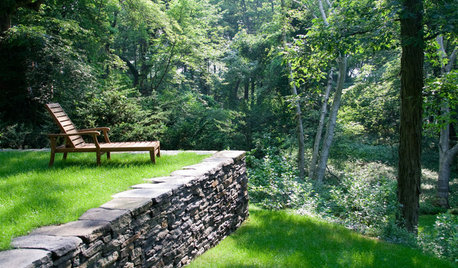
LANDSCAPE DESIGNWhat the Heck Is a Ha-Ha, and How Can It Help Your Garden?
Take cues from a historical garden feature to create security and borders without compromising a view
Full Story
LIFE12 House-Hunting Tips to Help You Make the Right Choice
Stay organized and focused on your quest for a new home, to make the search easier and avoid surprises later
Full Story
SELLING YOUR HOUSE10 Low-Cost Tweaks to Help Your Home Sell
Put these inexpensive but invaluable fixes on your to-do list before you put your home on the market
Full Story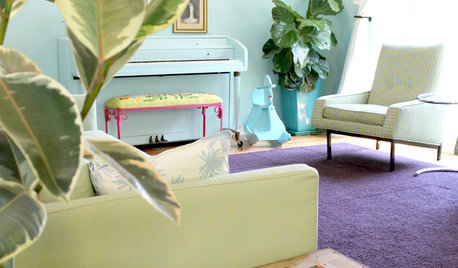
HOUZZ TOURSMy Houzz: Saturated Colors Help a 1920s Fixer-Upper Flourish
Bright paint and cheerful patterns give this Spanish-style Los Angeles home a thriving new personality
Full Story
ORGANIZINGHelp for Whittling Down the Photo Pile
Consider these 6 points your personal pare-down assistant, making organizing your photo collection easier
Full Story
LIFEYou Said It: ‘Put It Back’ If It Won’t Help Your House, and More Wisdom
Highlights from the week include stopping clutter from getting past the door, fall planting ideas and a grandfather’s gift of love
Full Story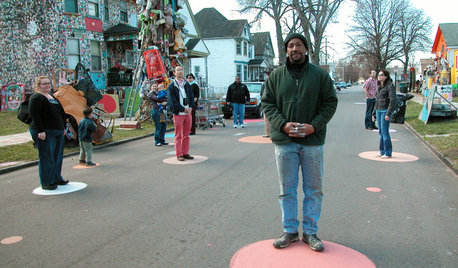
FUN HOUZZDecorated Houses Help Save a Detroit Neighborhood
Art's a start for an inner-city community working to stave off urban blight and kindle a renaissance
Full Story
COLORPaint-Picking Help and Secrets From a Color Expert
Advice for wall and trim colors, what to always do before committing and the one paint feature you should completely ignore
Full Story
GARDENING GUIDES8 Unthirsty Plants Help You Save Water in Style
Spend less effort and money on your landscape with drought-tolerant and native plants that liven up your yard
Full Story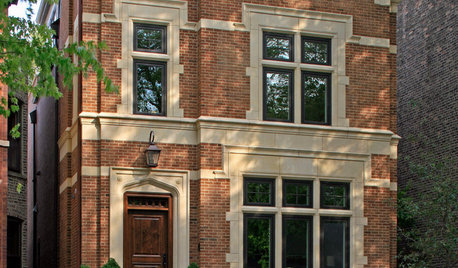
MATERIALSRaw Materials Revealed: Brick, Block and Stone Help Homes Last
Learn about durable masonry essentials for houses and landscapes, and why some weighty-looking pieces are lighter than they look
Full Story


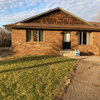


bullthistle
rhodium
Related Discussions
Help bash my landscaping (new home w/ pics)
Q
Please help this amateur w/ landscaping my yard!
Q
Help w/Crimson Queen in Landscaping
Q
Help me w exterior overhaul! Stucco, stone, landscaping, front porch.
Q
m1chaelOriginal Author
Frankie_in_zone_7
m1chaelOriginal Author
m1chaelOriginal Author
karinl
Frankie_in_zone_7
mad_gallica (z5 Eastern NY)
pellslandscaping
gardengal48 (PNW Z8/9)
m1chaelOriginal Author
karinl
gardengal48 (PNW Z8/9)
m1chaelOriginal Author
gardengal48 (PNW Z8/9)
m1chaelOriginal Author
gardengal48 (PNW Z8/9)
m1chaelOriginal Author
gardengal48 (PNW Z8/9)
karinl
reyesuela
yin49
yin49
karinl
m1chaelOriginal Author
reyesuela
cultiv8er
ideasshare
laag
gardengal48 (PNW Z8/9)
karinl
laag
m1chaelOriginal Author
gardengal48 (PNW Z8/9)
mad_gallica (z5 Eastern NY)
m1chaelOriginal Author
mad_gallica (z5 Eastern NY)
karinl
m1chaelOriginal Author
karinl
mad_gallica (z5 Eastern NY)